We’re back with another installment of Desert Island Cameras, the recurring article in which we answer the question, “If you could only have one, which would it be?” That’s right – in a quest to help you choose the very best from the most popular camera brands, we’ve taken on the near-impossible task of paring down and choosing just one camera and lens we’d be happy to have for the rest of our lives.
We’ve already about Nikon and Olympus, popular brands known for innovation and quality. And today we’re discussing another Japanese maker whose cameras can stand toe to toe with these and any other brand in the world of vintage cameras.
So which Minolta would the CP staffers pick if we could each only choose one? Here are our absolute, be-all-end-all, one-and-done, stuck-for-the-rest-of-our-lives Minoltas.
Josh’s Pick
I’m going to be honest here; I’ve been dreading this particular edition of Desert Island Cameras. Choosing the best Minolta is like trying to choose the best Beatles song – too many masterpieces. Nevertheless, after weeks of deliberation and agonized soul-searching, I’ve come to a conclusion. For me, the Minolta XD-11 reigns supreme over all other Minoltas.
The XD-11 is the youngest child of the brief union between Minolta and Leica (which bore prior fruit in the form of the amazing XE-7). Yes, you read that right. The XD-11 has Wetzlar DNA, and it shows in its compact design, flawless finish, and impeccable build quality. The XD-11 was also built to showcase Minolta’s technological prowess – the designers endowed it with the world’s first multi-mode auto-exposure system (it allowed both shutter-priority and aperture-priority in addition to manual mode). It’s a masterpiece of an SLR, one of the rare cameras that are as beautiful as they are functional.
Mated to the XD-11 I’d choose none other than the Minolta MD 50mm F/1.4, a lens that James purports to be the ultimate standard legacy lens. I’m inclined to agree with him. This sub-one-hundred-dollar lens is one of the finest 50s around in terms of resolution and sharpness, and happily competes with the best from Deutschland when it comes to making that creamy bokeh the youngsters love.
This combination of body and lens is easily one of the best in Minolta’s impressive decades-long catalog, and I’d argue that it’s one of the best in all of 35mm photography in the same span of time. For the reasons mentioned, and more, I’d gladly spend the rest of my days shooting an XD-11.
Buy the Minolta XD on eBay
Buy it from our own F Stop Cameras
Dustin’s Pick
If there’s one thing that science has taught us, it’s that real photographers prefer Minolta three to one over any other camera brand. Citation? What are you, a professor? Well, facts aside, I can say for sure that Minolta is my favorite photographic brand.
Their innovations were often decades ahead of the competition, and for more than half a century the brand provided some of the most wonderful shooting cameras in the world. It’s a shame they’re but a distant memory, but at least we still have a diverse anthology to choose from and shoot with. If I’m purchasing a one-way ticket to paradise, the Minolta that’s coming with me is the X-570.
The X-570 (released as the X-500 in Europe and Asia) was a follow up model to the award-winning X-700. It hit the market in 1983 and was considered by many to be a superior camera to its more popular predecessor due to the fact that it lacked the fully automated Program mode, which some consider to be a feature for novices. It also displayed the shutter speed in the viewfinder, and as someone who prefers shooting in manual this is very welcome, as I never have to take my eye from the finder to ensure I have my settings correct. For flash shooters, the x-570 possesses minor but delightful improvements such as the ability to shoot slower than the 1/60 second sync speed via the AE lock button.
It sports an electronically controlled stepless shutter capable of 1/1000 second to 4 seconds in Aperture Priority mode and 1/1000 second to 1 second (plus Bulb) in manual mode. The viewfinder is incredibly bright and sharp, sporting all the information needed to make quick and accurate exposures. It has a wide ISO range of 12 – 3200 and the meter continues to function when the depth of field preview is being used – something unseen in the X-700. Other features include a film safe load indicator, touch-sensitive meter activation, and an audible slow speed alert when the camera is set to 1/30 second or slower. It truly possesses all the bells and whistles one would need to make any kind of image.
As I mentioned in another post, Minolta’s lenses are some of the finest in existence. I’d opt for the modern MD 50/1.4 to pair with this body as I do believe it’s one of the best 50mm legacy lenses available today. It’s wonderfully sharp at lower apertures and renders in true Minolta fashion. It’s certainly in my top three favorite fifties of all time.
I suppose many would argue that the plastic bodied Minoltas of the 1980s aren’t up to snuff when it comes to durability, but I’ve owned many Minoltas of various vintages and have yet to have a problem with a single one of them. In fact, I tend to favor lighter weight plastic bodies as daily shooters for obvious reasons. I don’t want to have to lug heavy equipment all over the place. It’s common to hear photographic banter in forums about electronic cameras dying, and they do, but in my experience, Minoltas stand a cut above the rest. They are well built and made for a lifetime of shooting. The X-570 is no exception.
Buy a Minolta X570 on eBay here
Buy it from our own F Stop Cameras
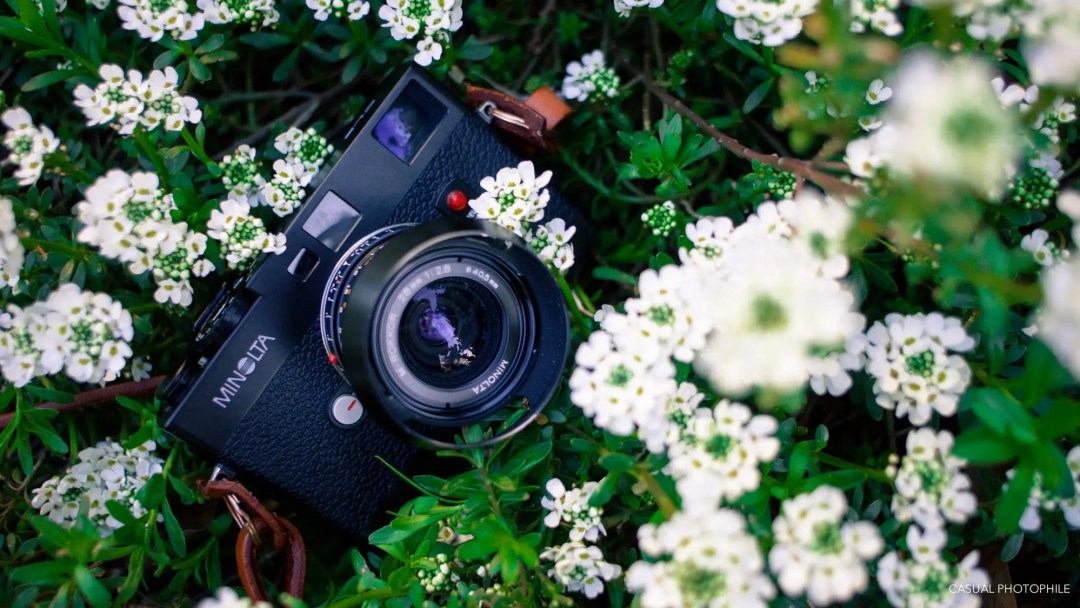
James’ Pick
Dedicated readers probably know where I’m going with this one. On Facebook and Instagram, I’ve been called a Minolta fanboy, and one casual commenter in a Leica discussion once told me to stop proselytizing Minolta’s best rangefinder. But tough luck, because I’m about to do it again.
My one-and-only Minolta (and the camera I’d choose above all others, regardless of brand) is the Minolta CLE. And before I go any further I want to clarify that I’m not talking about the Minolta / Leitz CL, which is an entirely different camera in every imaginable way (something less astute websites fail to understand and report). But I digress.
The CLE was made by Minolta to fit their vision of what a “Compact Leica Electronic” camera could be, and it’s the camera that Leica should have built as the natural evolution of its M series. It’s a 35mm film rangefinder camera with full manual and aperture-priority auto-exposure modes, a tiny form factor, a superb and advanced metering system, and one of the most beautiful viewfinders in all of photography. It natively pairs with M mount lenses from any brand, but was designed to be paired with Minolta’s own range of M Rokkors (28mm, 40mm, and 90mm), lenses that performed incredibly well in our reviews.
For an in-depth look at all the reasons the CLE is the best 35mm camera ever made, check out this article that managed to irritate a handful of super serious Leica fanboys. Or just buy one and find out for yourself. You’ll thank me.
Buy a Minolta CLE on eBay here
Buy it from our own F Stop Cameras
And that’s that. Our list of the very best Minoltas is complete. But not really, because we only put this list together to hear your opinions. Tell us in the comments what your “one-and-only” Minolta would be, whether you’re stuck on a desert island or not!
Want a Minolta we didn’t pick?
Find one at our own F Stop Cameras
Find one on eBay
Find one at B&H Photo
Follow Casual Photophile on Youtube, Twitter, Facebook and Instagram
[Some of the links in this article will direct users to our affiliates at B&H Photo, Amazon, and eBay. By purchasing anything using these links, Casual Photophile may receive a small commission at no additional charge to you. This helps Casual Photophile produce the content we produce. Many thanks for your support.]
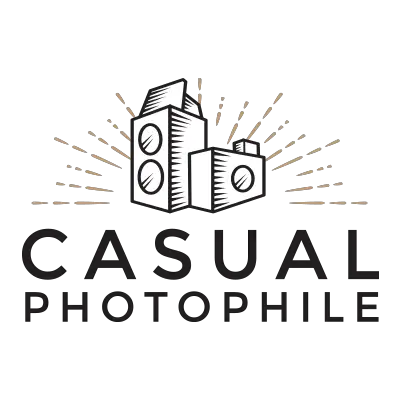
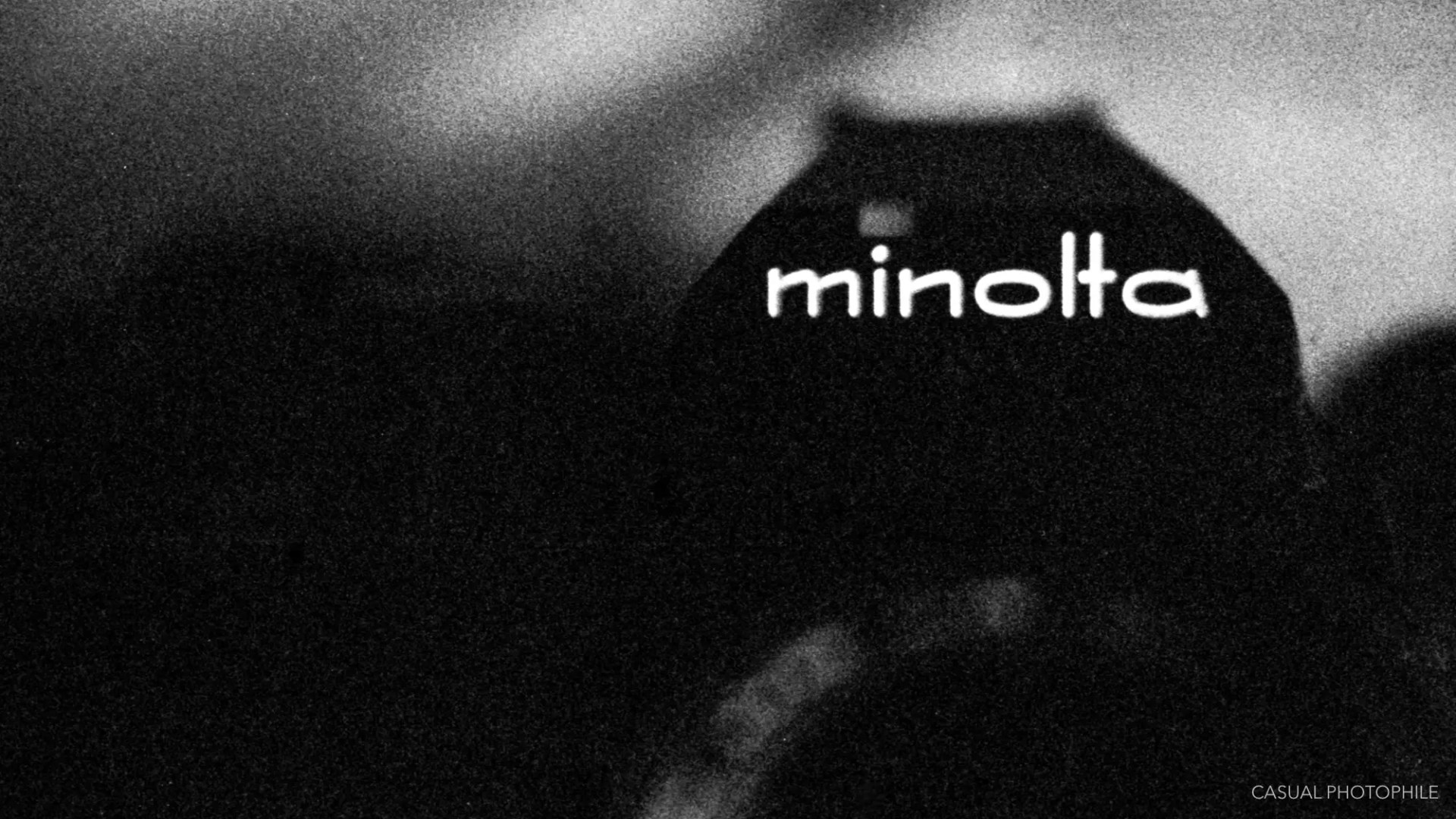
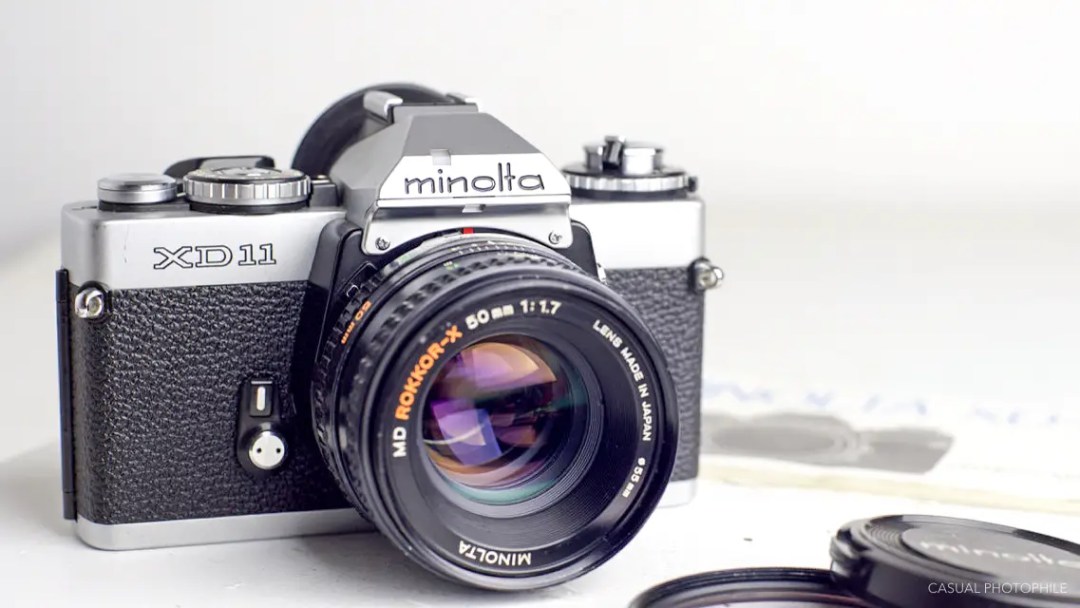
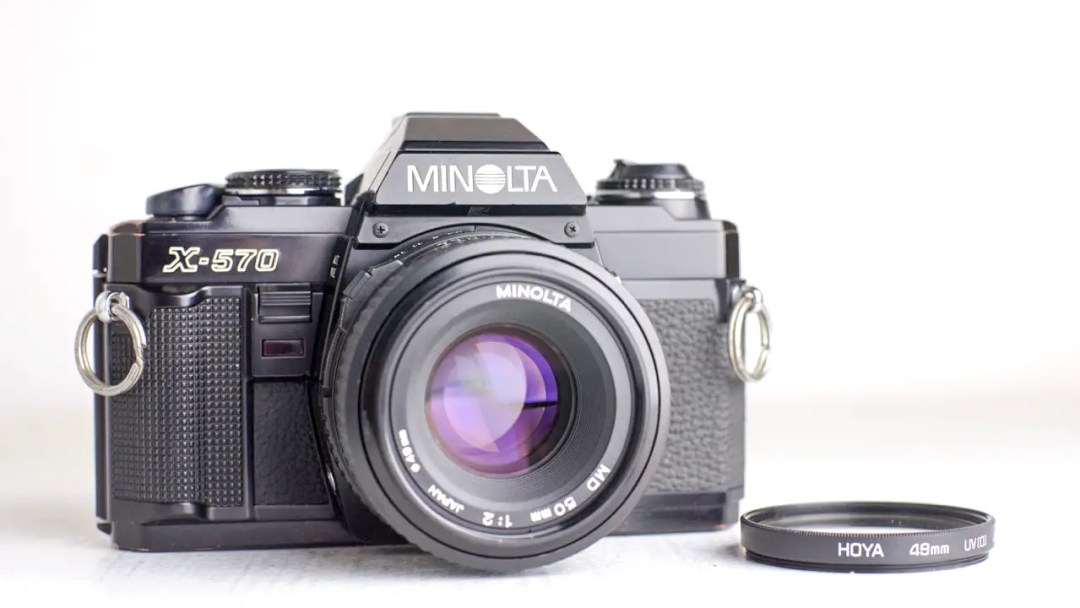

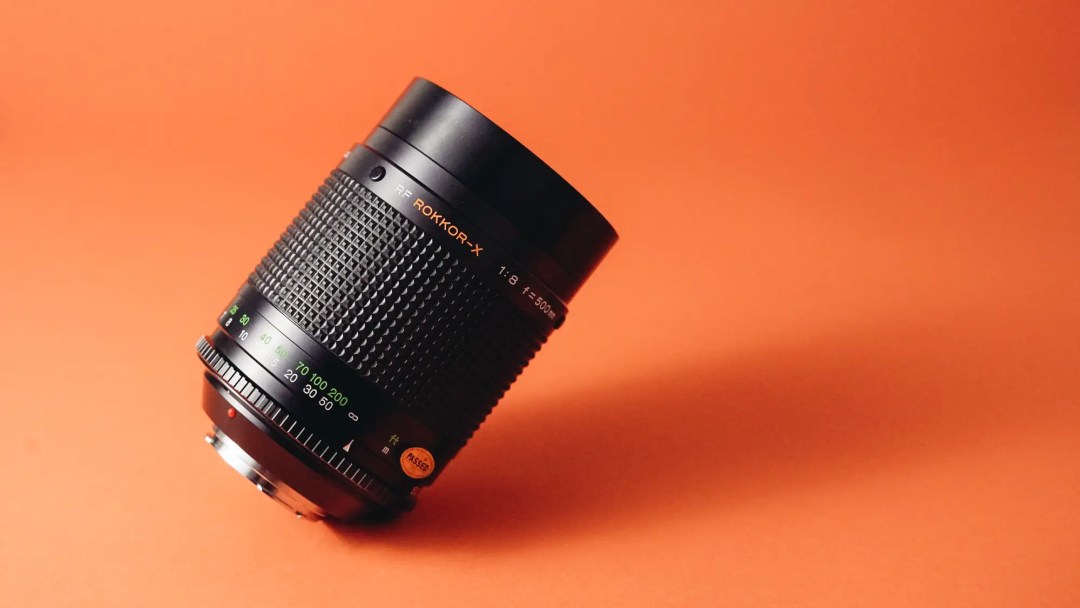
Nice article. I agree that the CLE is one of the most outstanding 35mm cameras of all time. Paired with your favorite focal length in Leica glass, it’s a compact, light, simple, and superbly capable combination.